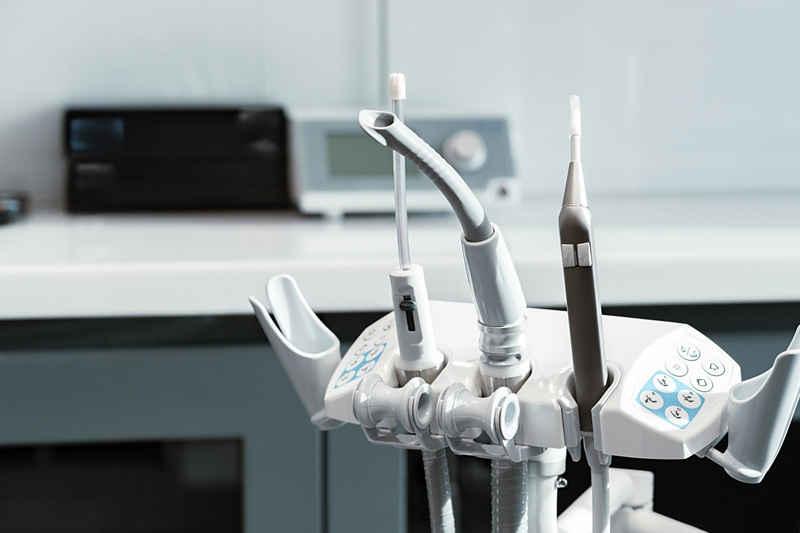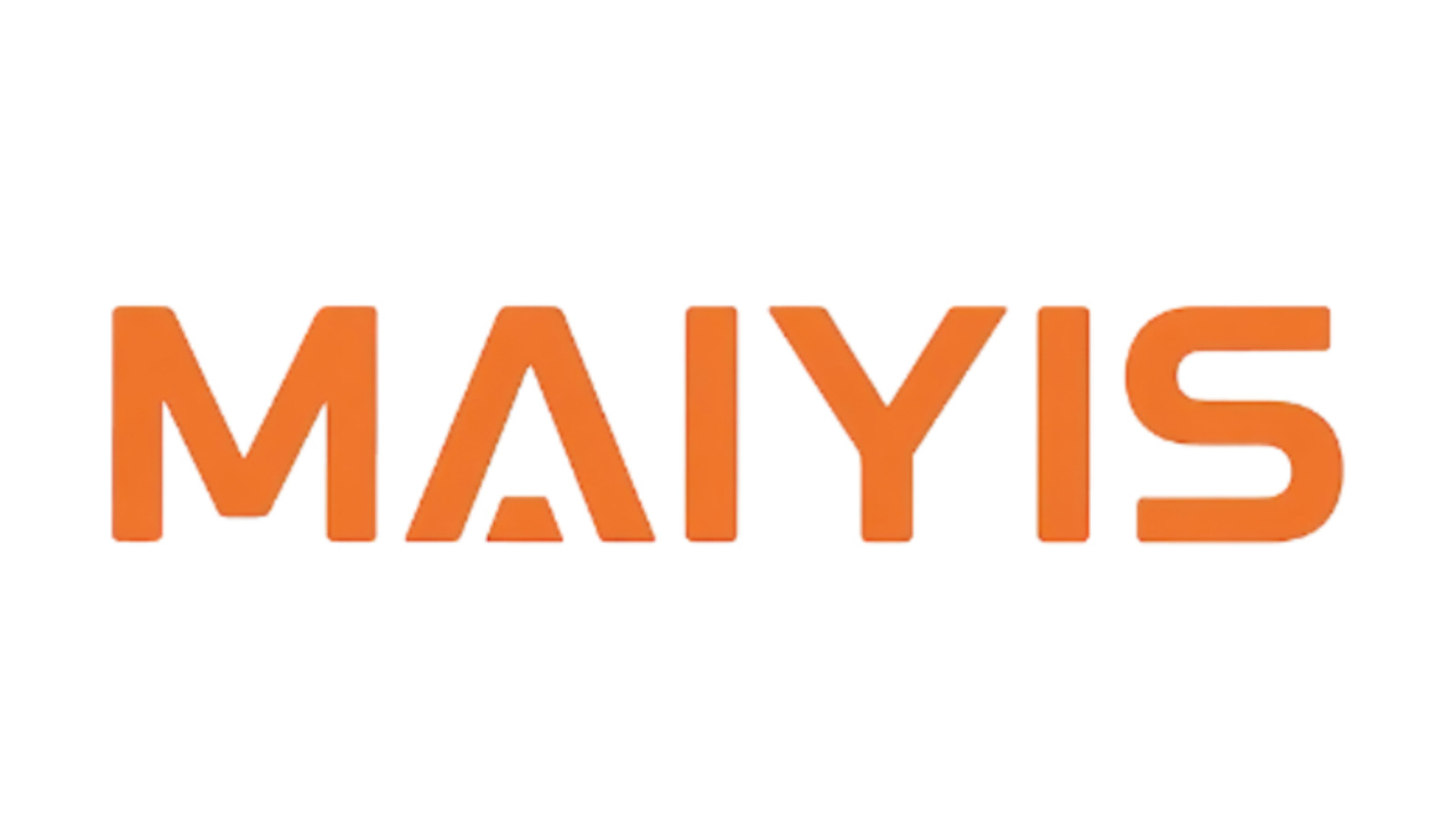History of Oral Endoscopy
2025/07/19

Origin: From "A Glimpse Through a Tube" to a Medical Revolution
In the early 20th century, German doctors used the earliest rigid endoscopes to attempt to observe the inside of the human body, but limited by bulky equipment and blurry vision, oral examinations remained a challenge.
In the 1950s, the breakthrough in fiber optic technology brought about the first leap for endoscopes—the birth of slender and flexible fiber scopes. Doctors could finally see the hidden corners of teeth, and oral diagnosis entered the "visualization era".
Technological Iteration: Electronization and Miniaturization
In the 1980s, electronic endoscopes were introduced! Miniature cameras replaced fiber optics, images were directly transmitted to the screen, and patients could also see their own oral problems simultaneously, making doctor-patient communication more transparent.
After 2000, the size of endoscopes shrank to the size of a pen tip, while the resolution soared to high-definition levels. For example, intraoral cameras from the German company KaVo can even magnify 40 times, making dental plaque and micro-cracks clearly visible.
The Wave of Intelligence: AI Empowers Precise Diagnosis
From 2020 to the present, oral endoscopes have been deeply integrated with artificial intelligence:
Automatic identification system: AI software developed by Chinese startup "DeepCare", for example, can real-time mark caries and tartar, improving diagnostic efficiency by 300%.
3D modeling technology: One-click generation of tooth models from scanned data, assisting in invisible orthodontic design (such as Invisalign solutions).
Future Trends: Non-invasive and Home-based
Non-invasive detection: Laser endoscopes developed in Japan do not need to contact teeth, detecting early caries through spectral analysis.
Home use: Xiaomi and other brands have launched portable endoscopes (such as Oclean Cam), which are affordable and allow users to check their oral health at home.
Conclusion: A Great Leap Behind a Small Lens
From metal tubes to AI smart mirrors, the century-long evolution of oral endoscopes essentially embodies the medical wisdom of "seeing the problem before solving it." In the future, it may become as common as a toothbrush in households—after all, prevention is always more worthy of celebration than treatment! 🎉
MORE NEWS



